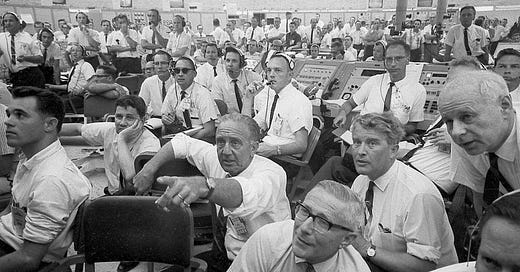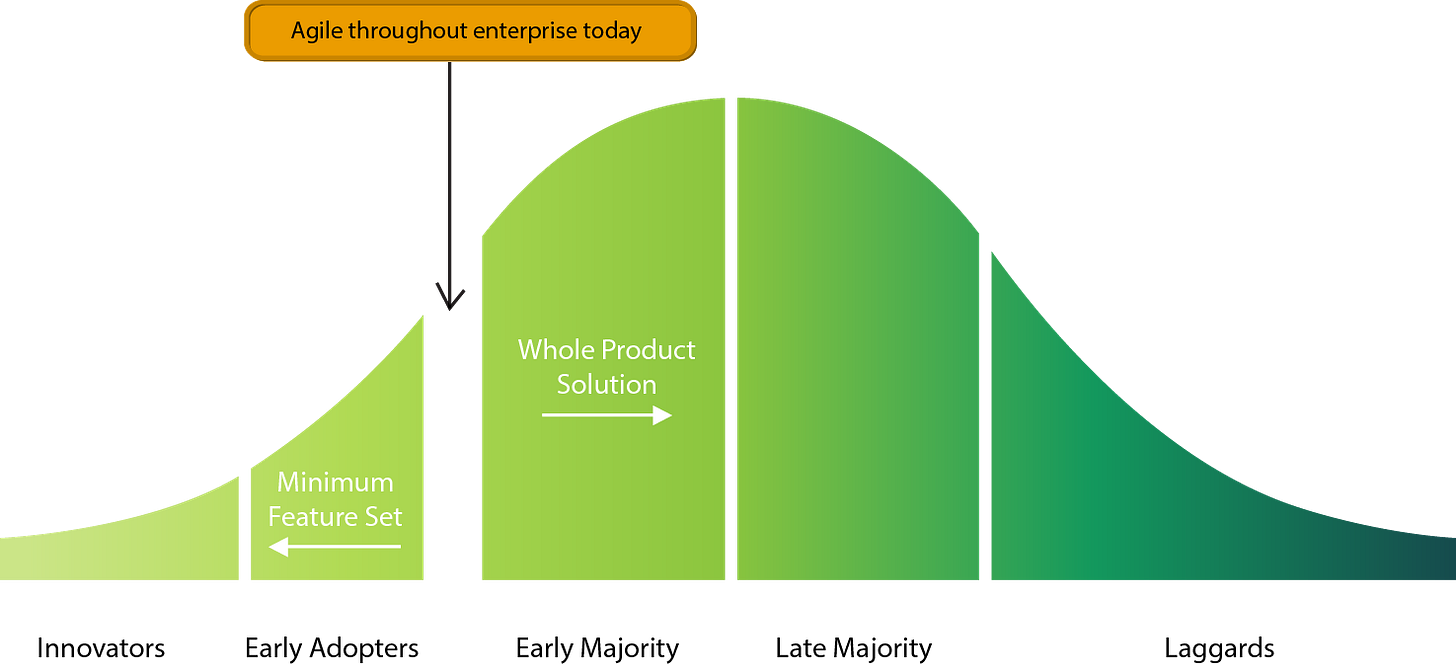The Agile movement, despite its promise of improved outcomes through adaptability, collaboration, and the principles of the Agile Manifesto, has largely failed to achieve widespread success. This failure stems not from the methodology itself, but from its inability to dismantle the entrenched management culture that dominates most organizations. Evidence consistently shows that Agile practices—when fully embraced—lead to better productivity, innovation, and customer satisfaction. Yet, the dominant hierarchical mindset persists, resisting the cultural shift Agile demands.
At the heart of this impediment lies the failure to empower the Product Owner as a decisive leader closely aligned with self-organizing teams. The Agile Manifesto envisions the Product Owner as a linchpin, bridging customer needs with team execution, entrusted with real authority to prioritize and adapt. However, in practice, this role is often neutered by layers of management oversight, reducing it to a mere conduit for top-down directives.
This undermines the autonomy of self-organizing teams, whose technical proficiency and earnest collaboration are stifled by the conceit that a small cadre of senior managers possesses superior wisdom. The notion that a handful of executives can outthink hundreds of skilled, motivated team members contradicts the evidence of Agile’s potential and halts its adoption.
This resistance persists despite compelling proof of alternative approaches. The theory of marginal gains—small, iterative improvements compounding into dramatic results—has been validated repeatedly in Agile contexts, yet management clings to its status, unwilling to relinquish control. Contrast this with the Toyota Production System (TPS), a proven success story that Agile seeks to emulate. TPS thrives by empowering frontline workers and decentralizing decision-making, fostering a culture of continuous improvement that delivers exceptional outcomes. Toyota’s success demonstrates that relinquishing top-down control in favor of trust in self-organizing teams works—but only when management fully commits.
In short, Agile’s failure is not a flaw in its design but a reflection of management’s refusal to evolve. Until the Product Owner is truly empowered and the myth of managerial omniscience is abandoned, the dominant culture will continue to strangle Agile’s transformative potential, leaving its promise unfulfilled.
References:
Crossing the Chasm by Geoffrey A. Moore
How Can you tell if your Product Owner is Failing
Why is your Agile Transformation Failing




